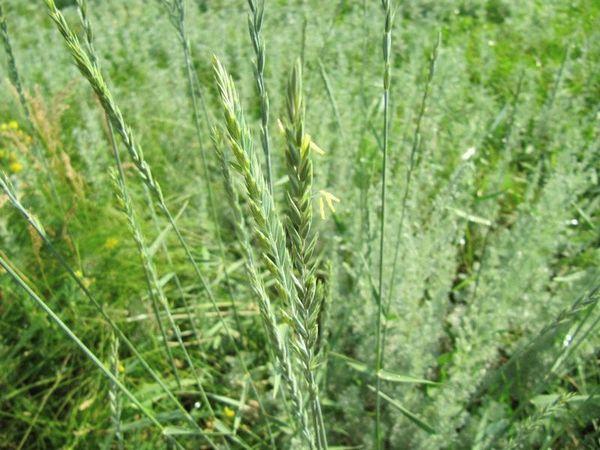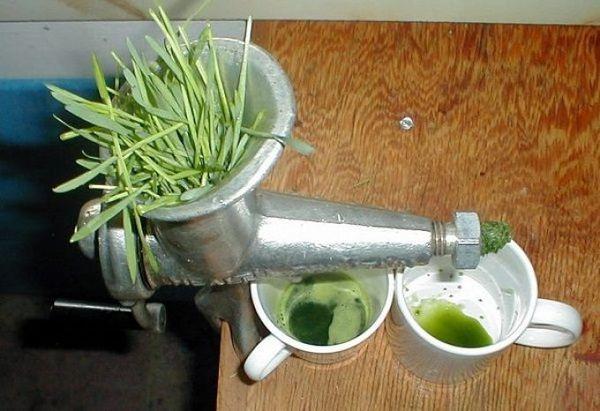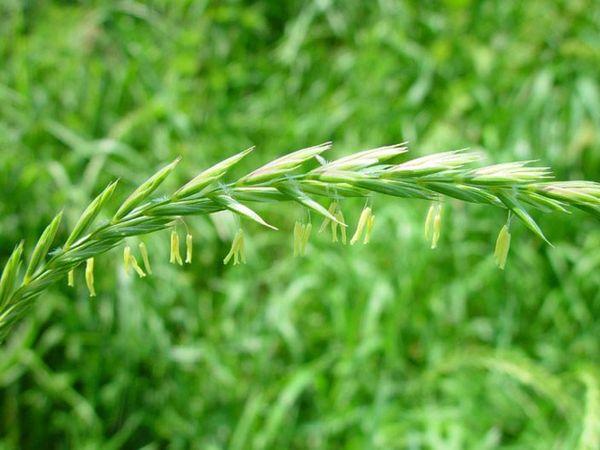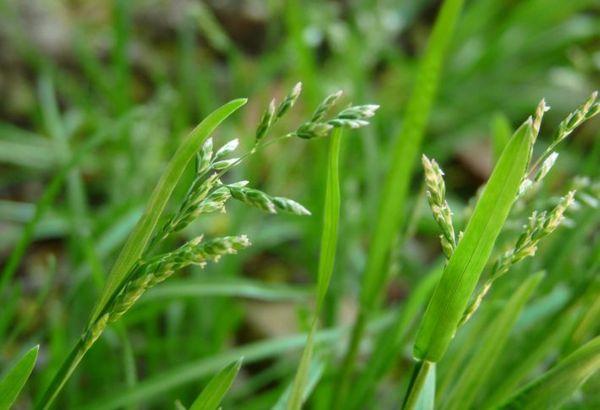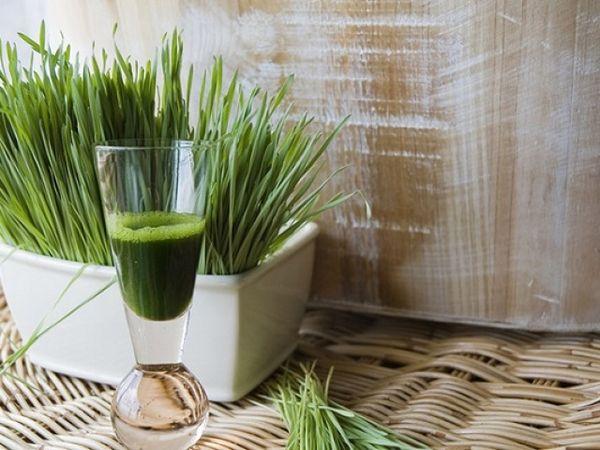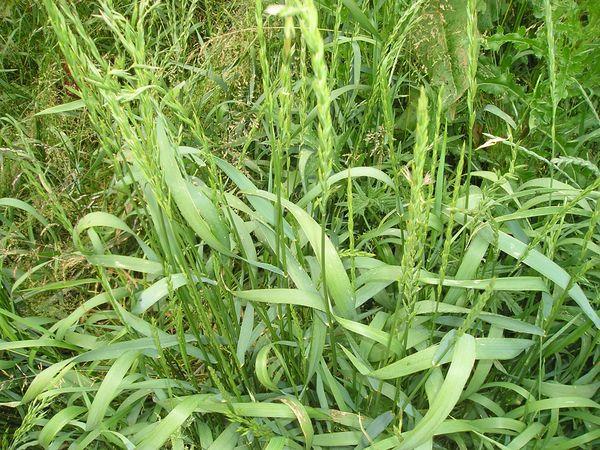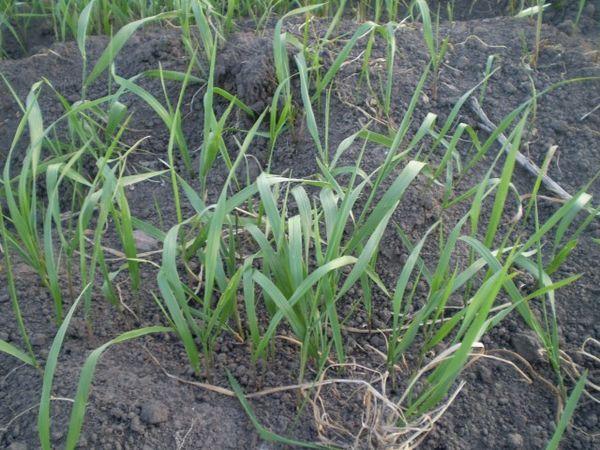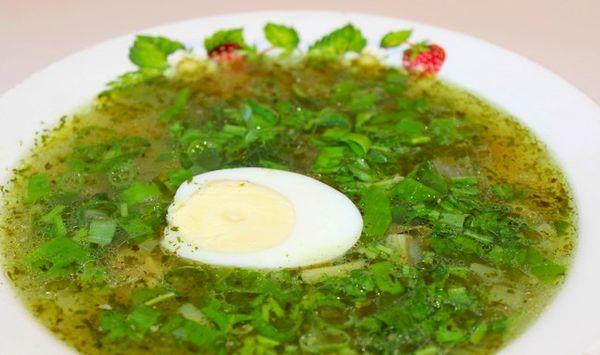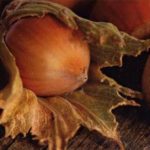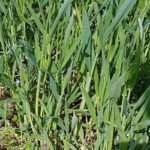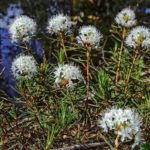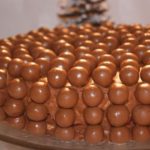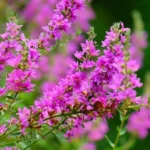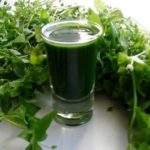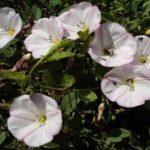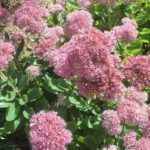Creeping wheatgrass is a perennial weed from the Poa family (Poaceae), characterized by medicinal properties, but has contraindications. The plant is called creeping because it reproduces with the help of long, “spreading” rhizomes; the weed is most common in areas, fields, edges, meadows, and gardens. Wheatgrass comes from the ancient Slavic word “pyro”, which means bread, rye.
- Botanical description of the culture
- Chemical composition
- Medicinal properties
- Recipes and uses in folk medicine
- Skin diseases
- Diabetes
- Haemorrhoids
- Sweaty feet
- Fatigue
- Eye diseases
- Hypertension
- Male diseases (infertility)
- Arthritis
- Gastritis, colitis, enteritis, metabolic disorders
- Exudative diathesis
- Constipation
- Decoction for the treatment of tuberculosis
- Pulmonary tuberculosis
- Cholecystitis
- Cystitis, urolithiasis
- Articular rheumatism, gout
- Cough
- Tea mixture for juvenile acne
- Salts in joints
- Wheatgrass recipes
- Salad
- Green wheatgrass borscht
- Cupcakes
- Harm and contraindications
Botanical description of the culture
Few people know that it has many healing properties. Traditional medicine knows many recipes for using the weed for colds, kidney diseases, joints, and rheumatism. It is also a valuable plant in pastures. Cows that eat a lot of wheatgrass produce more milk. Cats, dogs, and wild animals eat it. The plant is used in cosmetology and cooking.
Creeping wheatgrass is a perennial with a highly branched root system. Adventitious roots lie at a depth of 5-15 cm, forming above-ground single shoots covering large areas of land.
The stem is thin and erect. The leaf blades are smooth, rough on the reverse side, elongated, linear, with an alternate arrangement, reaching up to 140 cm, about 1 cm wide.
Small green flowers bloom in May-June, collected in a two-row spike 7-15 cm long. The fruit is a grain with one seed, reminiscent of wheat, and is formed in August.
Wheatgrass propagates by seeds and segments of rhizomes, seeds germinate even at +2 C, young shoots are not afraid of frost and drought.
Breeders cross wheatgrass with wheat to produce pest-resistant hybrids with quality grains.
Chemical composition
Rhizomes, ground shoots include: natural essential oils, triticin, fructose, levulose, mannitol, inulin, choline, mucus, inositol, agropyrene, organic acids, vegetable proteins, iron, calcium, sodium, pectins, glycosides, saponins, amino acids, carotene, B vitamins, ascorbic acid.
Medicinal properties
Based on the chemical elements contained in wheatgrass, the grass and rhizomes are endowed with numerous healing qualities:
- choleretic;
- decongestant;
- antipyretic;
- antimicrobial;
- vasoprotective;
- antiallergic;
- antihypertensive;
- anthelmintic;
- help remove kidney stones;
- reduce blood sugar levels;
- restore mineral and carbohydrate metabolism.
The herb relieves fatigue, removes toxins, promotes mucus removal, and accelerates wound healing.
The weed helps in the treatment of the genitourinary, respiratory systems, gastrointestinal tract, metabolic disorders, and skin diseases.
Recipes and uses in folk medicine
Raw wheatgrass is sold through the pharmacy chain. For independent harvesting, rhizomes are dug up in early spring or autumn and separated from the shoots. Ground shoots for juice are collected in summer. The preparations can be stored for 2 years in glass containers.
Most recipes use dry ground root of the plant; decoctions and infusions are prepared from it.
Skin diseases
For the drink, combine 15 g of fine raw materials with 200 ml of purified water, close the container, and boil for 10 minutes. over medium heat, stand for 4 hours, strain. Take 1 tbsp internally. l. 3 r. per day after meals.
For a bath, make a product in a water bath: in a prepared small bowl with a metal handle, combine 60 g of raw materials and 5 liters of cold water (or take equal parts of wheatgrass and dried burdock), place it on top of a deep saucepan, pour no more than half of the liquid into it, place it on fire. Bring to a boil, hold for 15 minutes. Pour the strained liquid into the bath (half a glass per 5 liters of water).
For psoriasis, eczema, and urticaria, it is recommended to apply fresh wheatgrass juice mixed with turmeric 5:1 to problem areas. After 30 minutes, apply neem oil to your skin.
Diabetes
Raw materials from grass 4 tbsp. l. pour 5 tbsp. water, put on low heat, when the liquid has evaporated by ¼, remove. Drink strained daily, 4 times 10 ml.
Mix wheatgrass and horsetail herbs 1:4 with a liter of water, reduce the amount by half in a water bath. Take the strained drink 10 ml 4-5 times.
Haemorrhoids
Chopped roots 4 tsp. throw 250 ml into water. Bring to a boil, reduce heat, simmer for 10 minutes. Use the strained broth for sitz baths, add 50 ml for enemas.
The second method is to combine juice from 15 g of grass with a glass of milk and drink for 2 weeks. This mixture reduces pain and improves bowel function.
Sweaty feet
It is recommended to apply fresh leaves and shoots of the plant to problem areas and leave overnight.
Traditional medicine has come up with a way to get rid of sweating with an unpleasant odor:
- wash your feet with warm water, then rinse with cold water;
- Fill your socks with fresh wheatgrass and put them on;
- leave overnight.
Repeat the procedure for a week.
Fatigue
The tonic properties of wheatgrass relieve fatigue. Boil 200 ml of water, add 1 tbsp. l. rhizomes, keep until the liquid evaporates 4 times. Use 1 tsp. before bedtime.
Eye diseases
An ancient recipe for eye diseases: pour natural honey or wine into fresh juice from the stem, taking the ingredients equally. Simmer over low heat for 3-5 minutes, stirring constantly until smooth. Strain, consume 10 ml 3 times a day.
Use tea to rub your eyes when you are tired or after working at the computer for a long time..
Hypertension
Mix crushed wheatgrass, yarrow and rowan leaves, dandelion 1:1:1:1 Take 1 tbsp. l. collection, pour a glass of boiling water, drink ¼ tbsp. in the morning before meals.
Male diseases (infertility)
The drink will require ground wheatgrass and water at a ratio of 1:10. Mix the ingredients, put on the stove, turn the heat to low and simmer for 15 minutes. Leave covered for 3 hours, strain. Orally 4 times a day before meals.
Arthritis
Effective decoction: 8 tbsp. l. Combine the dry substance with 2 liters of water, set the heat to low until the liquid evaporates by 1/3. Take 15 ml before meals 4 times a day.
Gastritis, colitis, enteritis, metabolic disorders
Boil a liter of water, combine with 100 g of weed, turn the heat to low, and hold until the liquid has reduced by ½. Then cool, drink 20 ml 5 times a day before meals.
Second method: pour vodka and honey 1:1 into 50 g of ground raw materials, leave for 3 days in a dark place. Drain or strain. Drink 1 tsp before meals.
They recommend a collection of calendula inflorescences - 1 tsp, wheatgrass raw materials - 5 tbsp. l. Fill the plants with water (250 ml). Place in a water bath for 15 minutes, turn off. Leave for 3 hours, 100 ml orally before meals 4 times a day.
Exudative diathesis
Combine 50 g of powdered weed and 5 liters of water, hold on low heat for 15-20 minutes, cool, strain. Add to bath. Course - 10-15 procedures.
Constipation
For a laxative: put the ground raw material in a container with a lid - 4 tsp.l., pour boiling water - 500 ml. Wait an hour. Drink the strained liquid 2 tbsp. l. 3-4 times a day half an hour before meals.
For an enema: combine the ground roots with water (100 g per liter), bring to a boil. Reduce heat to low, cover, simmer for 10 minutes. Add water to the strained liquid to the initial volume. Allow to cool to a temperature of +37 °C.
Juice diluted 1:20 is also suitable for enemas.
Decoction for the treatment of tuberculosis
Boil a glass of natural milk, combine with 2 tbsp. l. dry or 1 tbsp. l. fresh root, keep on very low heat for 5 minutes. After cooling, strain through four-layer cheesecloth. Drink 600 ml of the product in small sips per day.
Pulmonary tuberculosis
They recommend a folk remedy of a glass of cold milk and 2 tbsp. l. crushed rhizomes. Boil the mixture for 5 minutes, drink a warm drink at a time, you need 3 glasses a day.
Cholecystitis
Boil 1.5 liters of cold water, add 20 g of raw materials, keep in a sealed container for 5 hours. Drink 200 ml of strained drink 3 times a day.
Cystitis, urolithiasis
Mix ground wheatgrass - 6 tbsp. l. and a liter of cold water, place in a water bath for 30 minutes. Consume ½ tbsp before meals. three times a day.
In the chronic form, the dosage is reduced: 2 tbsp is enough. l. for 0.5 liters of water. Inside, 6 tbsp. l. 3 times a day.
Articular rheumatism, gout
Boil water - 200 ml, cool and add 4 tsp. raw materials, close, leave for 12 hours, strain. Pour the grass again with a glass of boiling water, cover with warm material, after an hour, combine the first decoction with the strained second. Drink 6 tbsp. l. 2 times a day for about a month.
Cough
Boil 500 ml of water. Ground raw materials - pour 30 g into a thermos, pour boiling water, close, leave for 8 hours.Use the product 15 ml 3 times a day.
Tea mixture for juvenile acne
For acne, dilute freshly squeezed juice from leaves and shoots equally with water, squeeze, and boil for 3 minutes. Drink chilled 200 ml before meals.
Alternative medicine recommends a drink made from wheatgrass rhizomes, violet herbs, horsetail, and nettle. Take ingredients 2:1:1:1. Boil 250 ml of water, add 2 tsp. plants, keep in a container with a lid for 10 minutes. Drink the prepared product 5 tbsp. l. 4 times a day before meals.
Salts in joints
Pour 30 g of ground raw material into a suitable container, pour in a liter of water, set the heat to minimum, bring to a boil, reduce by half, strain. Drink 100 ml of the drink daily 3 times before meals.
Wheatgrass recipes
Wheatgrass is an edible plant; first courses, salads, and baked goods are prepared with it.
Salad
Required:
- rhizome - 250 g;
- fresh carrots - 1 pc.;
- young sorrel leaves - 40 g;
- dill, parsley - to taste;
- salt, vegetable oil.
Scald the washed root with boiling water and grind using a meat grinder. Add chopped carrots, herbs, salt and season with oil.
Green wheatgrass borscht
For this dish you will need:
- wheatgrass roots and stems - 1 bunch;
- several dandelion leaves;
- water - 3 l;
- green onion - 1 bunch;
- fresh dill, parsley - 30 g each;
- chicken eggs - 3 pcs.;
- potatoes - 4 pcs.;
- carrots - 2 pcs.;
- salt - to taste.
Pour washed dandelion in cold salted water for half an hour. Boil the washed wheatgrass parts for 10 minutes, remove and discard. Add chopped vegetables: carrots, then potatoes. When they are cooked, pour in the beaten eggs. Sprinkle with herbs, add dandelion leaves, add sour cream if desired.
Cupcakes
Baking ingredients:
- wheatgrass flour - 200 g;
- baking powder - 5 g;
- kefir - 200 ml;
- semolina - 200 g;
- sugar - 100 g;
- sesame seeds;
- egg;
- fruit syrup - 50 ml;
- salt.
Combine the dry ingredients, pour in the kefir, syrup, salt to taste, and beat in the egg. Leave for half an hour, arrange in molds, bake at 180 C for 15 minutes.
Harm and contraindications
Drinks based on wheatgrass can be harmful in case of inflammation of the pancreas, stomach ulcers during an exacerbation, intestinal disorders, and individual intolerance.
Decoctions and infusions are not recommended for children under 3 years of age or pregnant women. Dosages in recipes should not be increased.

